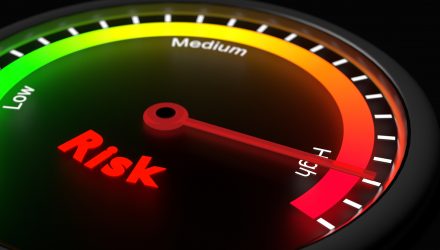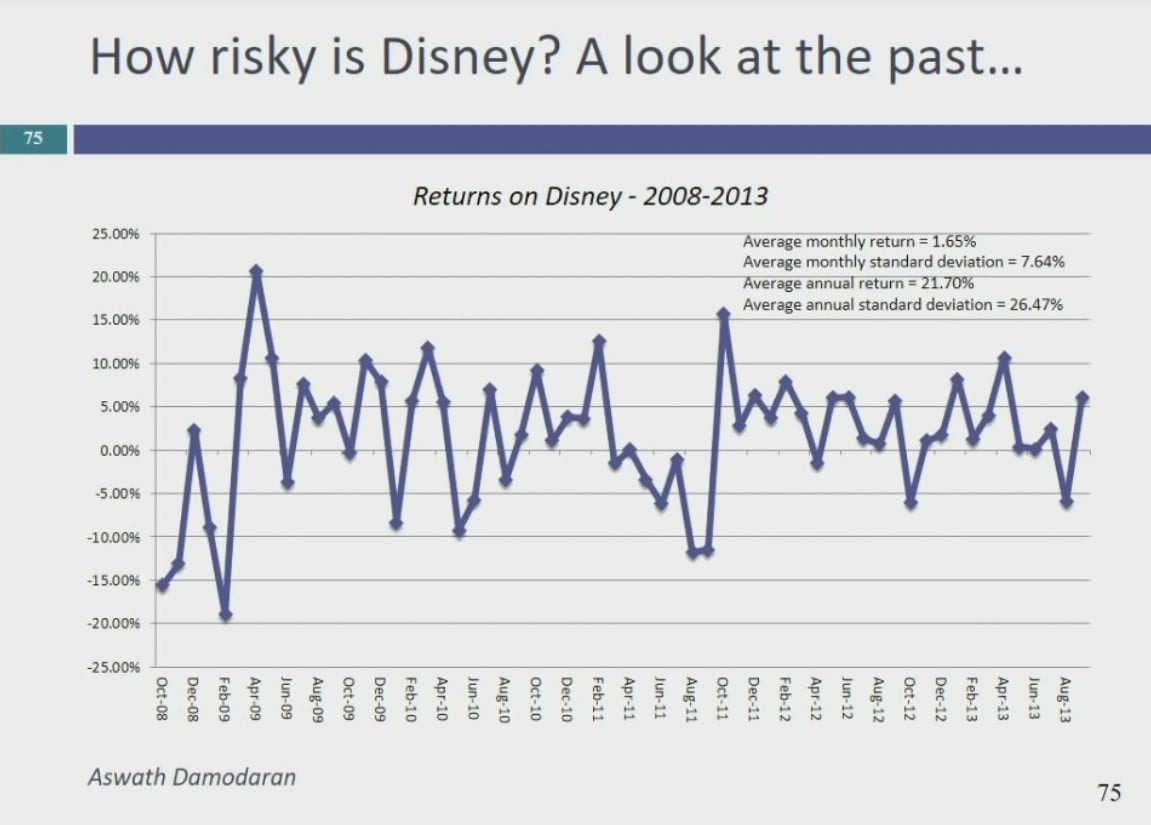In this session, I started with a definition of risk that includes both upside and downside, moved on to an intuitive derivation of the CAPM and its limitations, as well as why it still survives as the default. Towards the end of the session, I started on the first of the three inputs you need to get an expected return, the risk free rate.
Slides: http://www.stern.nyu.edu/
Definition Of Risk – Upsides And Downsides
Transcript
And I’ll explain in a minute what I mean by that. When you tell give me an answer what it does. What is a good working definition of risk you want to try. What is something that will affect your likelihood that you will get your money back. OK. Is that all you want to do is get your money back.
Because that seems like a pretty low threshold to meet. Right. Because not only when you invest Nordon and you see what I mean not only do you want to get your money back because principle protecting principle is important. But I think it’s what you’re saying. That’s how you measure it. So let me not reframe what you’re saying so you say.
So do you measure risk is danger to principle at all.
And do you expect that you don’t have to change your answer just because I pushed you on it right. Because there is there is a value investing definition which is all about principle which is if my principle is protected then there’s no risk. So that’s not a bad definition. But if you want to protect returns to that’s fine. Losing all your money if you lose 90 percent are you OK with that.
Why all your money.
OK so ratio between losing all your money what do you have to sell the other half of the ratio. OK. So basically you’re measuring your upside return against the chance you will lose all your money.









